V&A Opens Clothworkers’ Centre at Blythe House
The Victoria & Albert Museum’s Clothworkers’ Centre for the Study and Conservation of Textiles and Fashion has just opened at Blythe House, near Olympia in west London, offering unprecedented access to the museum’s textiles. Situated on the third and fourth floors, the huge collection now sits amid so much history that it is hard to know where to start, such is our enthusiasm for this project.
A good place to begin is perhaps the Edwardian building itself, created in 1890 as the headquarters of the Post Office Savings Bank, and now Grade II listed. The architecture summons up ghosts from another age: tens of thousands of busy civil servants stuffing envelopes, shuffling paper into pigeon holes and waiting for the tea trolley to rattle down the corridor. The cream ceramic tiles and industrial aesthetic fit well with the old wooden transit cabinets from the Natural History Museum, a few of the textile screens from the V&A, and high-specification rolling storage units. Together they create a timeless, studious interior with a surprisingly filmic quality.

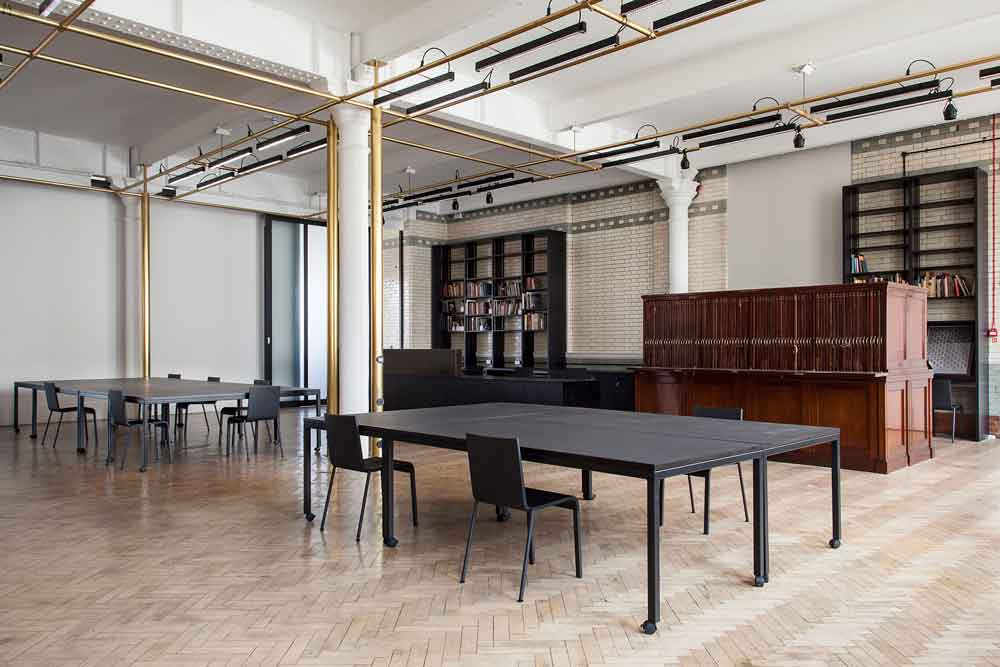
Haworth Tompkins (architects) has created a very cool space that complements the V&A’s images and serves the didactic mission beautifully. It also conveys just the right atmosphere for the legions of fashion designers, students, designers and creatives who are booking visits to the archive. That this is the right direction for the museum to be taking was emphasised at the press opening by lead curator Edwina Ehrman, who commented that the textile and fashion department receives about 800 requests for access a year from researchers, a figure second only to the museum’s print collection.
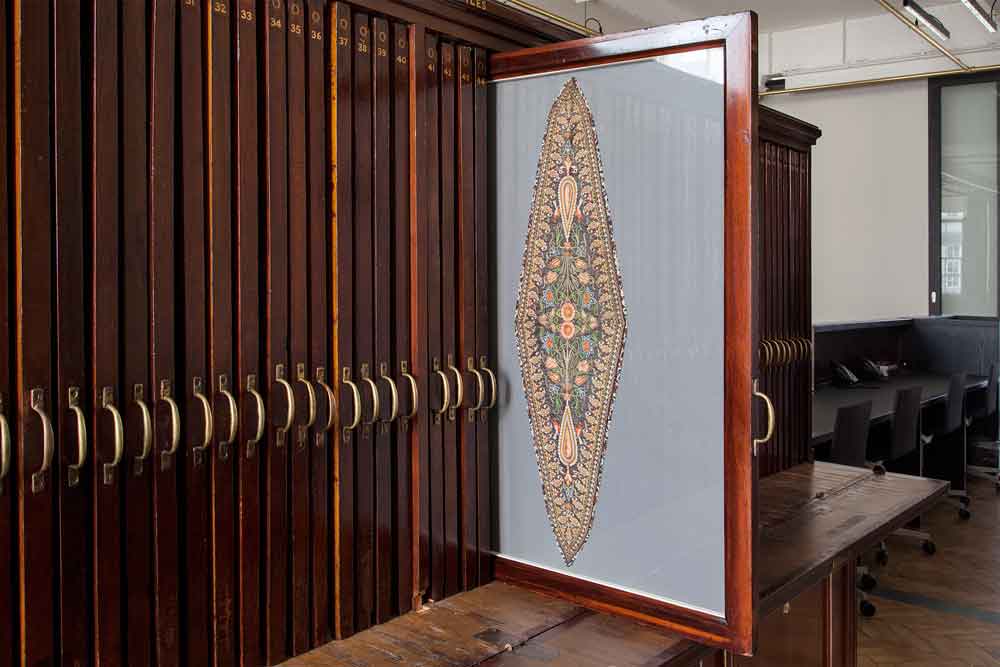
The curatorial staff undertook a considerable task. Over the course of five years each item had to be catalogued and weighed in order to make best use of the storage space. The architects have therefore been able to minimise any risk of structural damage by distributing the weight of the object evenly across the floors. The free-standing and rolling archive cabinets incorporate 500m of hanging space and more than 7,000 drawers. The upper floor houses the conservation studio, washing and dyeing rooms.


The centre now houses over 104,000 textiles. They range from small archaeological textile fragments from Egypt, via medieval European tapestries, through to the museum’s well-known but under-appreciated carpet collection, alongside the fashion and costume collection. A grant from the Clothworkers’ Foundation has been augmented by additional support from many other sources. A destination for London’s burgeoning fashion industry, the Centre facilitates the museum’s founding intent to help manufacturers and designers make better products and to inspire the next generation.


- Storage in The Clothworkers’ Centre for Textile and Fashion Study and Conservation


The museum is once again at the leading edge of design and research in this area. The depth and extent of the collection is remarkable. As with all the best archives, there is every opportunity to discover whatever you were looking for and also what you never knew existed. The archive is mostly available online, and now the institution can offer access to almost all of it. Visits must be booked in advance, and applications must include an explanation of the purposes of the research.




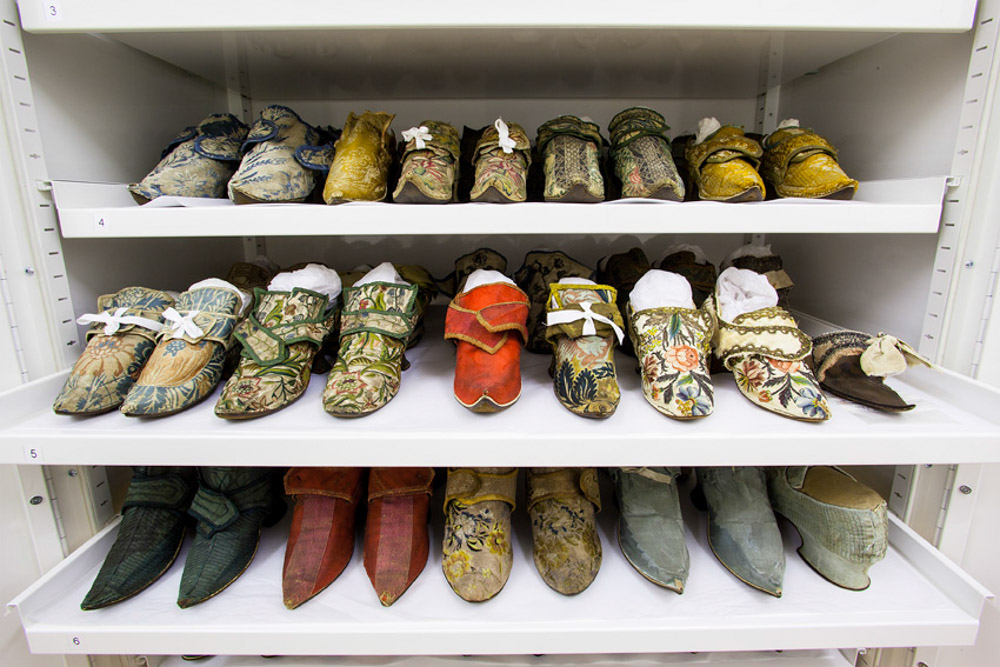
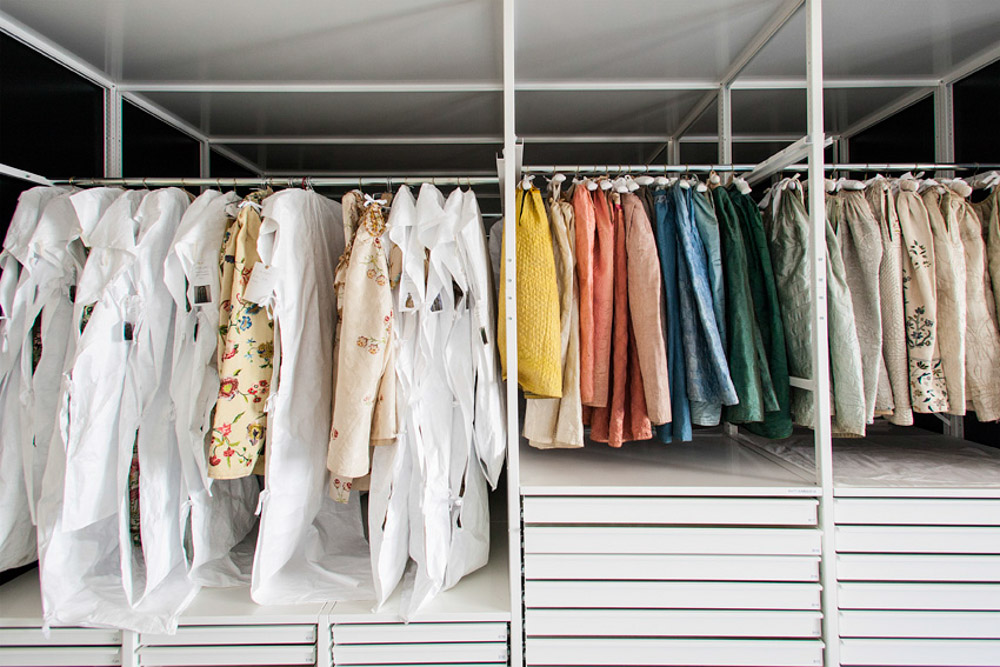
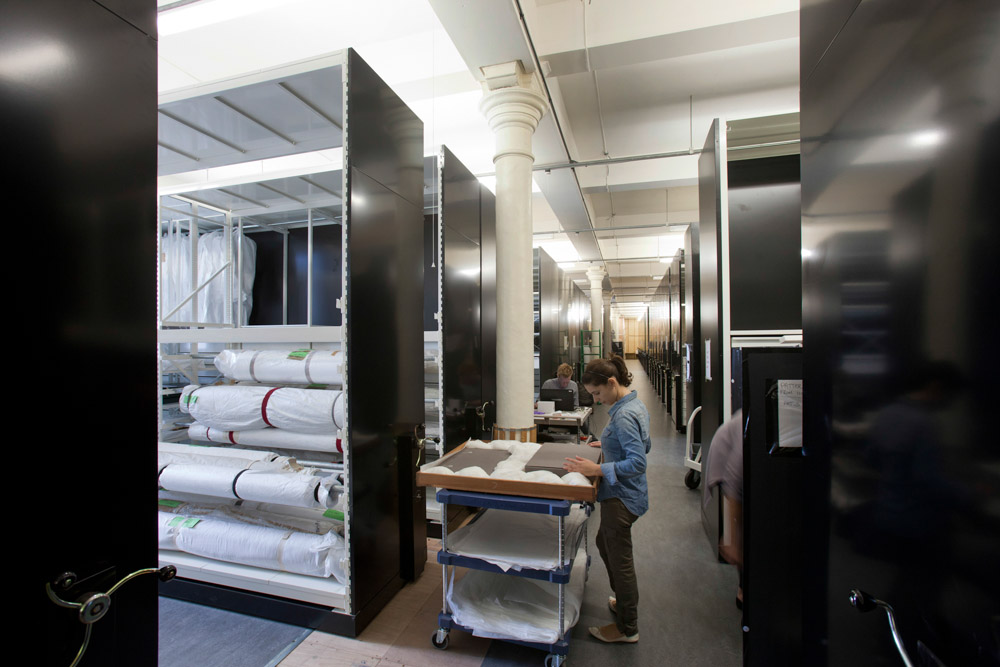


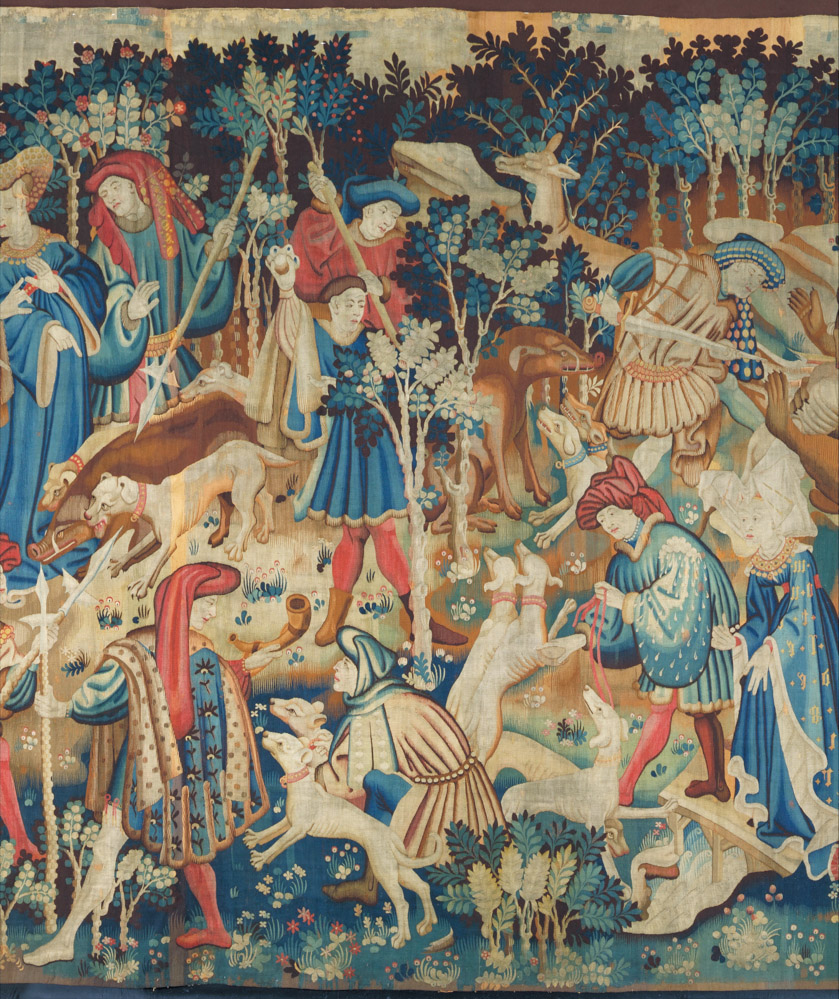


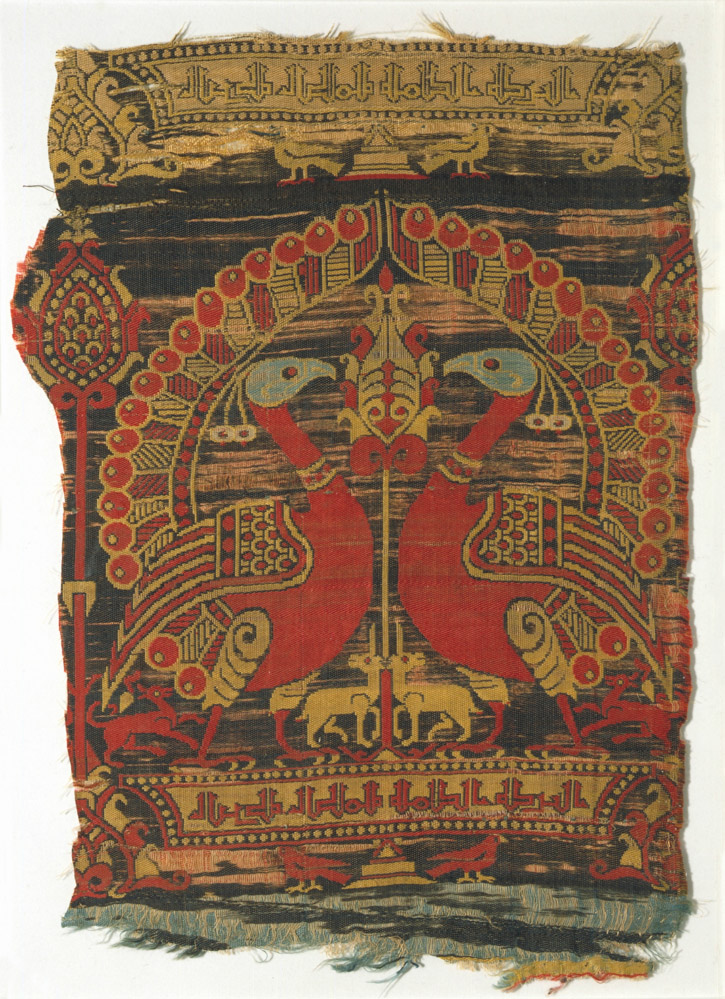






















Comments [0] Sign in to comment